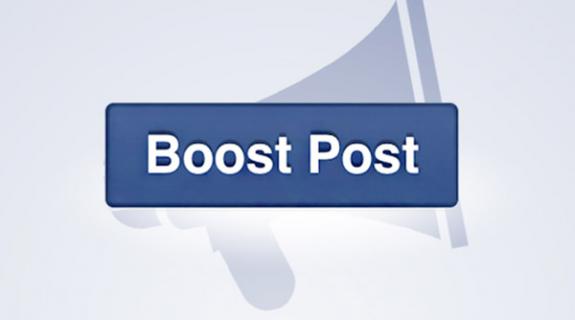While there may be many ways to stretch your marketing budget, a certain fact remains: You have to pay to play.
And when it comes down to which platform to spend on, “everybody knows it’s Facebook.”
Ari Pitchenick, VP affiliate marketing and co-op, Warner Bros. Worldwide Television Marketing, laid out that truth in the session “Extending Your Digital Dollars” at Station Summit. He was joined by Adrianne Anderson, VP, creative services, KTLA, Los Angeles, and Molly Kelly, corporate director of media strategy, Weigel Broadcasting Co., Chicago.
They warned the audience to not be fooled by high traffic on an organic social media post.
“People will see a big number and say ‘wow, this is amazing,’ Pitchenick said. “But it’s not reaching the right people.”
However, paying to boost a post is a good way to rectify that, particularly for the news industry.
While average engagement on a boosted post is around 8 or 9 percent, the news industry is fortunate with a much higher starting line 40 or 50 percent, Anderson said.
But don’t just go around boosting all your news stories, they cautioned.
“Make sure you’re boosting the content that is really good. Otherwise it’s throwing away money,” Pitchenik said.
Anderson recommends doing A/B testing with four different headlines, then collecting metrics for reach and engagement. Spend a few hundred dollars up front, see what works, and then pay to boost it.
“I think everybody in this room would rather spend a little more to get to the right audience,” Kelly said.
Around 80 percent of that Facebook reach and engagement happens on a smartphone, so buys also have to be designed for mobile audiences, Anderson added.
But more than that, since in addition to social media many broadcasters have a website and other digital units like a podcast, it’s important to think in a 360 marketing strategy.
“We are content marketers,” Anderson said.
From driving clicks to increasing video completion rates, another key step is to define clear and measurable goals with key performance indicators, and then use those metrics to interpret how your audience is responding.
For Kelly, the realwork begins when the buy is in place.
“I’m constantly monitoring and checking those analytics,” she said. “Certainly planning is important, but being there engaged, monitoring, getting your teams to help monitor, is invaluable.”
Extending digital dollars also means making sure you’re not getting scammed.
“You can’t not have fraud protection on your own assets,” Anderson said.
Other strategies include retargeting, cross promoting your station, and making sure you’re using native videos when post on Facebook in order to get organic views.
When it comes to making your case for digital dollars, especially when your boss is not on board with the spend, use research to back up what you’re asking for, and know what you need to reach your goal in order to show that what you’re doing is effective.
“Make sure you get some quick wins,” Pitchenik said. “Go out there and really try to find out how much money you actually need to move the needle.”
And often, that’s hard to nail down.
“I think the biggest myth is Facebook is your friend,” Pitchenik said. “They’re not. They’re a business.”
A business with a constantly changing algorithm. For instance, Facebook live videos may be doing well now, but, eventually, “you’ll have to pay to play.”
In terms of what to invest in, “network, talk, ask your friends,” Kelly said. “Just know it’s a moving target, and changing faster than us saying, ‘this is what you should do.’”
Tags:













































__twocolumncontent.jpg)











